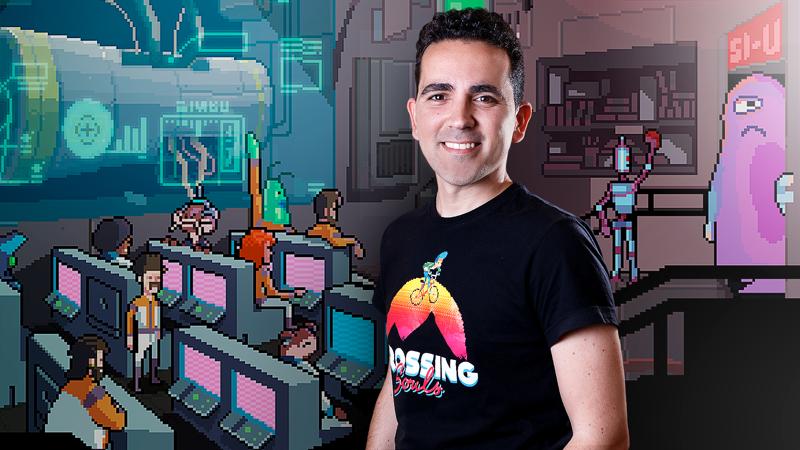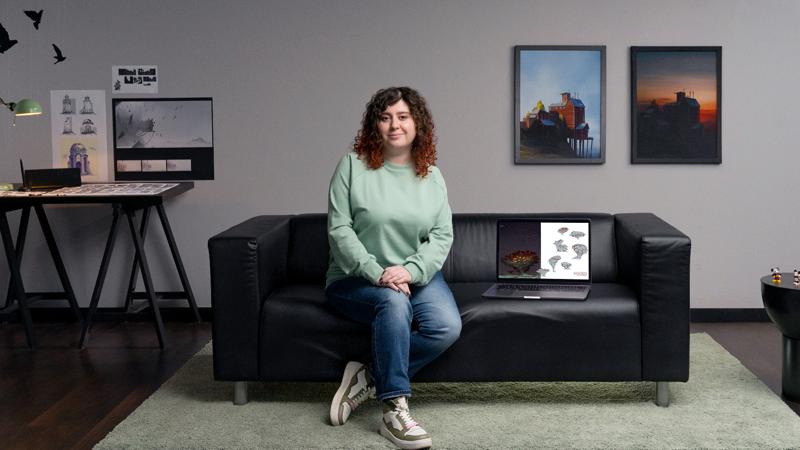Course overview
- Provider
- Domestika
- Course type
- Paid course
- Level
- Beginner
- Deadline
- Flexible
- Duration
- 2 hours
- Lessons
- 18 lessons
- Certificate
- Available on completion
- Course author
- Zeppelin
-
If you want to take your animation scripts to the next level, it’s important to lay the foundations of the script’s structure, coming up with a good concept, and thinking about how to reach the viewer or customer. Henry and Nelson, from Zeppelin Creative Studio, have a great career as animation directors and, in this course, they’ll guide you to lead a 15’’, 30’’, or 1-minute-long animation project.
Learn how to concept a script and add the appropriate emotion, rhythm, editing, and visuals to make it grow and captivate the viewer in the development and preproduction stage. In addition, they’ll give you the keys to present your project.
Description
Nelson and Henry will start the course telling you about Zeppelin Creative Studio's trajectory, their evolution, and who their referents are.
You'll learn the steps to follow since you receive the client briefing for the creation of a spot, reviewing the important points. Taking out a concept for the script structure will be your first step. You should ask yourself some questions such as: where is the climax? where are the characters presented? or, where does it occur? among others.
In short pieces, each frame, light, or movement is communicating something and you’re going to need references for each part of the story. Here you may come up with ideas for shots, transitions, or actings.
You'll see the keys to carry out your narrative sketch or storyboard focusing on concepts, not finishes. You'll learn tricks to keep the viewer's attention, create intrigue, rhythm, express drama or work transitions. You'll discover how to get dynamic narratives to stimulate the viewer.
Defining the characters and the universe where everything happens will be the next step. Afterward, you'll make a selection of ideas to keep your storyboard clean before getting introduced to the animatic, a very important tool to see times, rhythm of history, music, and phrases.
The time will come to put together the final presentation with all the concept slides, storyboards, references, and more. You'll learn to establish a strategic order and, finally, you'll rehearse your presentation taking into account the tricks provided by Henry and Nelson.
Similar courses

-
Flexible deadline
-
5 hours
-
19 lessonsCertificate

-
Flexible deadline
-
2 hours
-
15 lessonsCertificate

-
Flexible deadline
-
5 hours
-
25 lessonsCertificate

